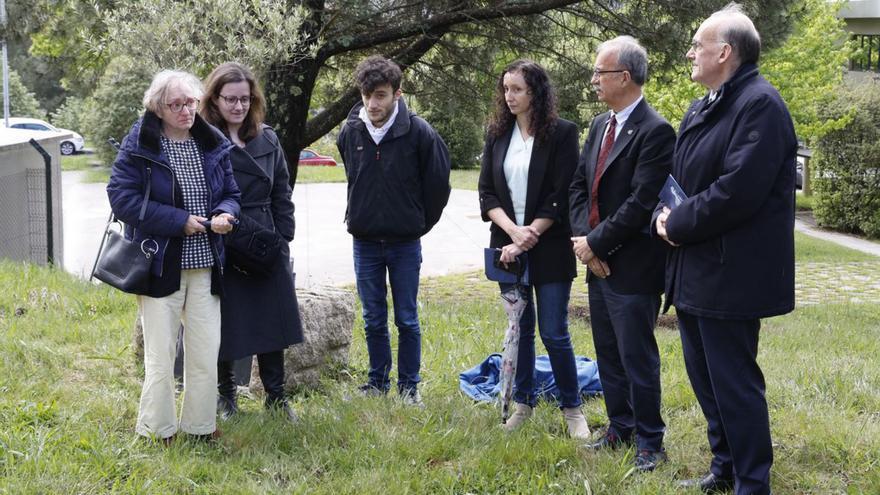Estonia. On Friday, a rocket carrying a lunar module took off on its first mission to the moon in nearly 50 years, landing at the lunar south pole before a probe from India reached that region.
The launch of Russia’s Luna-25 spacecraft from the country’s far eastern Vostochny cosmodrome is the first Russian launch to the Moon since 1976, when the country was part of the Soviet Union.
The Russian spacecraft is scheduled to reach Earth’s natural satellite on August 23, roughly the same day the Indian probe launched on July 14. The Russian rocket will take about five-and-a-half days to reach the moon’s circumference, after which it will spend three to seven days circling it about 100 kilometers (62 miles) before heading to the surface.
Only three countries managed to land a spacecraft on the moon: the Soviet Union, the United States and China. India and Russia claim to be the first to land on the south pole of the moon.
Russia’s space agency Roscosmos said it aims to highlight the country’s ability to deliver payloads to the moon and “ensure Russia’s access to the lunar surface”.
“Studying the Moon is not the goal,” said Vitaly Egorov, a well-known Russian space analyst. “The goal is the political competition between two superpowers – China and the United States – and a group of other countries that also want to claim the title of superpower in space.”
Sanctions imposed on Russia for its invasion of Ukraine make it difficult for it to access Western technology, affecting its space program. Luna-25 was initially planned to carry a small spacecraft to the lunar surface, analysts said, but the idea was scrapped to reduce the spacecraft’s weight and increase its reliability.
“Foreign electronic components are lighter, and domestic ones are heavier,” Egorov noted. “While scientists may be tasked with studying lunar waters, for Roscosmos the main mission is simply to land on the Moon: to recover lost knowledge from the Soviet era and learn how to carry out these missions in a new era.”
The Luna-25 spacecraft will be launched from the Vostochny Cosmodrome in Russia’s Far East. The spaceport is one of Russian President Vladimir Putin’s pet projects and is crucial to his plans to turn Russia into a superpower in space and stop launches from the Baikonur cosmodrome in Kazakhstan.
India failed a previous attempt to land on the south pole of the moon in 2019 because the spacecraft crashed into the lunar surface.
The moon’s south pole is of particular interest to scientists, who believe the region’s craters could hold water because of its permanent shadow. Future explorers could turn frozen water in lunar rocks into fuel for air and rockets.
“The moon is virtually unchanged and all of its history is written on its face,” said Ed Plumer, an astronomer at Britain’s Royal Observatory in Greenwich. “It is pure unlike the earth. It is its own laboratory.”
Luna-25 will take samples of lunar rocks and dust. Samples are needed to understand the moon’s environment before any bases are built there, Plumer said, “otherwise we might end up building things and have to abandon them after six months because of the abrasive erosion.”

“Proud web fanatic. Subtly charming twitter geek. Reader. Internet trailblazer. Music buff.”

:quality(85)/cloudfront-us-east-1.images.arcpublishing.com/infobae/DVLWJKBJAVKNNQUXRVYQP4UHUY.jpg)
:quality(70)/cloudfront-us-east-1.images.arcpublishing.com/elimparcial/KKX6OQHOXRCG5HJYQ52IOAURFQ.jfif)



:format(jpeg):focal(3205x1725:3215x1715)/cloudfront-us-east-1.images.arcpublishing.com/gfrmedia/DSPRRMXFVNFLNAN3H6KPJPCXIE.jpg)
More Stories
The secret to changing your cell phone wallpaper automatically
Why does a cell phone have a better chance of being saved when dropped from an airplane than from a kitchen table?
OxygenOS 14 has more bad stuff than you thought